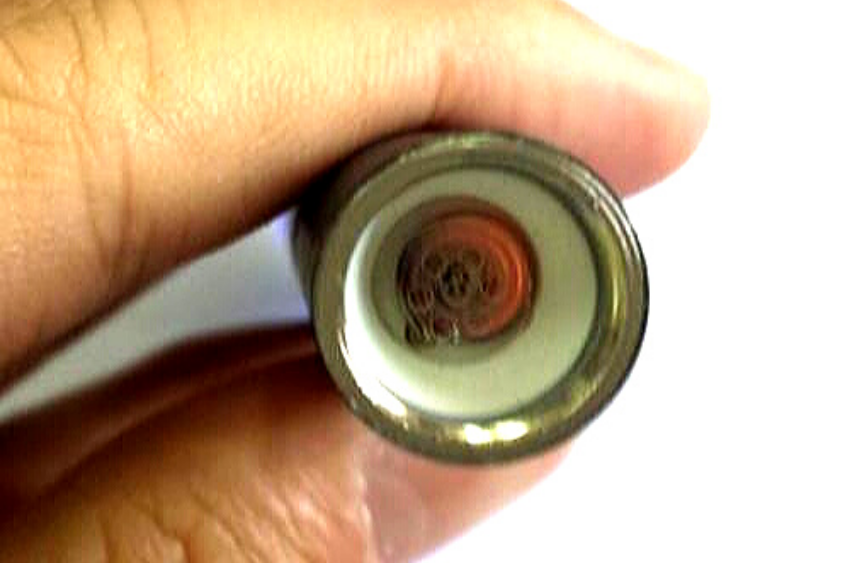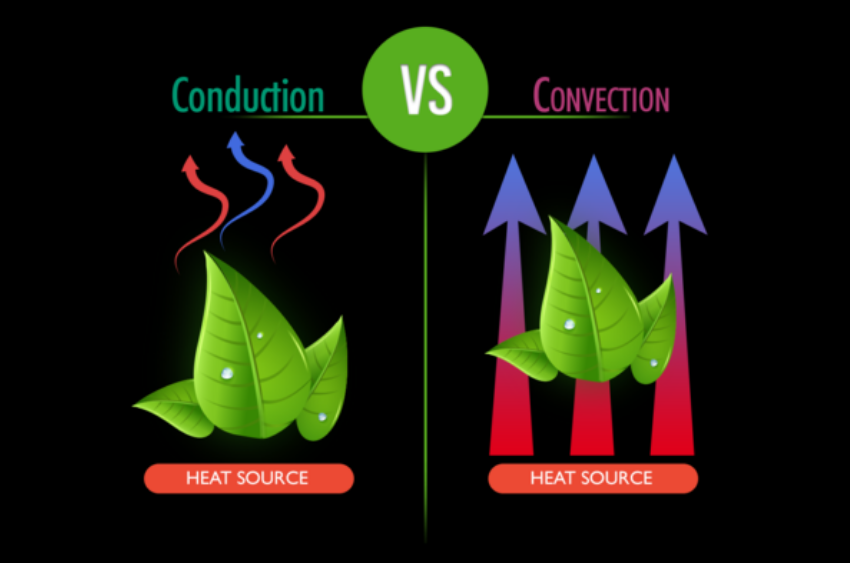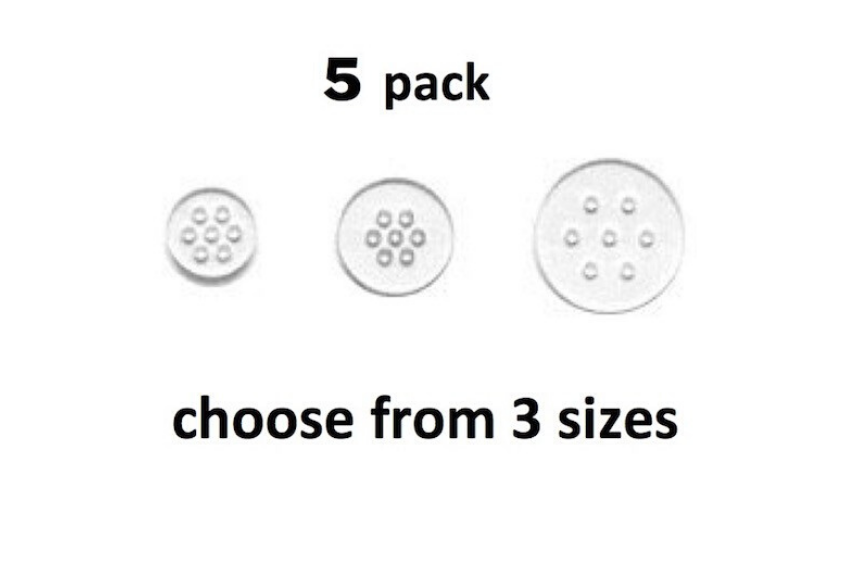How to Use Glass Screens with a Dry Herb Vape
Glass Screens are meant for one thing when it comes to dry herb vaporizers. The screens are not meant for use with every dry herb vape. This easy-to-read post explains it all, so read on.
How to Vape with Glass Screens
Using glass screens with a dry herb vape pen is a very simple process. All you need to do is drop the glass screen on top of the coil in the heating chamber. You do not need to press down or snap anything in place. The only thing you need to double-check is to make sure the coil is completely covered.
This is also the same method you will use when installing multiple screens. When using multiple screens, you have the benefit of a slower vaporization process that is even smoother to inhale. However, vapor will form more slowly the more screens you use so do not use too many – 1-2 glass screens is the norm. Once you have applied the number of screens you want to use, pack in your dry herb grinded up with a herb grinder and vape away!

What do Glass Screens Do?
Glass screens help turn your combustion vape into a convection vape. In a normal combustion vape, your heating coil comes into direct contact with your dry herb, causing it to burn and create smoke. The smoke is what you end up inhaling. With a convection vape, the dry herb never comes into contact with the heating coil. Instead, the heating chamber bakes the dry herb, creating a vapor that you inhale. Most dry herb vaporizers are built in the convection style. However, if you have a combustion pen and want to try the convection style, use a glass screen!
The processes of combustion and convection, while similar, are going to produce very different experiences to the person vaping. Hits caused by combustion are going to be hotter, have a much harsher flavor, will produce smoke, and will generally be much stronger. In contrast, hits from the convection method are going to be smoother tasting (because there is no smoke), will produce vapor, and will generally be weaker.
If you can adjust the temperature settings on your dry herb pen and are using the convection method, you can experience different kinds of vapors depending on the heat setting. In general, lower temperature convection hits will produce much less vapor and will have more subtle flavors, and higher temperature hits will be harsher (while still being true vapor) and will produce a much thicker cloud of vapor. Usually, combustion pens will not have temperature settings available.

Combustion Vape Only, NO Convection Vaporizers
As previously mentioned, if you already have a convection vaporizer, then you will not have any added benefit for using a glass screen. In a vape pen that is already built in the convection style, there is no exposed heating coil. Instead, the heating chamber is already designed to heat the dry herb and create vapor without making the dry herb burn. If you are unsure whether or not your dry herb vape is a convection or combustion pen, simply look inside the heating chamber in look for an exposed metal coil. If there is an apparent heating coil that glows hot when being used, you have a combustion pen and can use a glass filter screen for convection. If there is no visible coil, you very likely have a convection pen with no glass screen required!

Glass Screen Sizes
There is no one universal size for glass screens. Which size you need will depend on the specific vape pen that you have. Be sure to double-check the size of the glass screens that are available and the size of the vape coil and heating chamber before making a purchasing decision. If you are nervous about making a purchasing decision, you can always reach out to the customer service team at nyvapeshop.com and we will make sure you get exactly what you need.
Using Multiple Screens for a Slower Forming, Smoother Vapor
If you are interested in a glass screen because harsh hits from a combustion pen are too tough to handle, then consider using a glass vape screen, or even multiple glass screens while vaping. Multiple glass screens put more space between the dry herb and the super-hot heating coil, making sure that absolutely no combustion is taking place. This produces a smooth vapor that is much more palatable for many, though it comes at a cost of vapor taking a bit longer to form.
What Happens to Dry Herbs when Glass Screens are Used?
You may be wondering, if no burning or combustion takes place during the convection process, what exactly happens to dry herbs when glass screens are used? In a combustion pen, the dry herbs encounter intense heat, burn and turn to ash like most things when burned. In a convection process, the dry herbs do not turn to ash. Instead, they are baked and heated by the hot air until you have vaped their very essence away, reducing them to simple dry, brown dust. However, this requires the dry herbs to be vaped for much longer than you would need to smoke them for a similar result.

Top Combustion Vape: AGO Dry Herb Vape
The AGO Dry Herb Vaporizer is a Combustion Vape Pen that can be turned into a Convection Vape with the use of screens. It was one of the first Herb Vapes that focused heavily on portability and ease of use. It is small, discreet, but still able to handle dry herb easily. It is also one of the most straightforward dry herb vape pens you will come across.
To use it, simply unscrew the mouthpiece, pack in your dry herb, and you are basically there. It powers on by clicking the power button five times, and that same button is held when taking a draw from the vape. This pen is a combustion pen by design, so if that is the experience you want, this is all you need to do!
However, this pen does have compatible glass screens that can be used to create a smooth hit. After removing the mouthpiece but before packing the dry herb it, drop a glass screen on the coil in the heating chamber. After ensuring that the coil is completely covered, back in your dry herb, and follow the aforementioned steps to power the device on and to vape. It is a great, low-cost way to be able to experience both combustion and convection styles of vaping!
If it sounds enticing, you should take a look at the vape pen here and remember, any pen bought on nyvapshop.com will come with FREE domestic shipping with no minimum orders required.
Related Blog Posts
What is the point of a pipe screen
Conduction Vape vs Convection Vape
How to Maximize Airflow & Vapors in a Dry Herb Vape
Blog Categories
- Home
- Industry News
- Vaporizer Reviews
- Dry Herb Vape Tutorials & FAQ
- Wax Pen Vape Tutorials & FAQ
- Oil Vape Pen Tutorials & FAQ
- Vaping Guides & Information
- Dabbing FAQ & Guides
- Smoking Pipe Tutorials
- NY Vape Shop Listicles
- Vape Pen Comparisons
- Vape Shop How To Articles
- Vape Shop Buyers Guide
- Vape Pen Basics
- Herb Grinder Reviews
- Dry Herb Vaporizer Reviews
- Oil Vape Pen Reviews
- Wax Pen Reviews
- Box Mod Vape Reviews